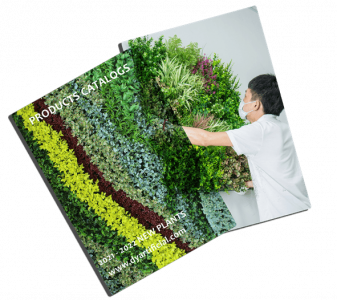Having artificial indoor plants in any home is a great way to add a natural touch and bring life to any space. While real plants look attractive, they also require appropriate care and maintenance. If a consumer is looking for a more low-maintenance alternative, artificial plants may be the perfect solution. In this blog post, we’ll be providing an overview of everything business and consumers need to know about artificial plants, including tips and tricks for selecting the right ones.
What are Faux Plants?
Designed to imitate the genuine article, faux plants are artificial plants that are typically made from materials like plastic, silk, or polyester. These decorative items have found widespread use in homes, offices, and public areas. One of their main attractions is that they need minimal upkeep, and can be placed in locations where live plants would struggle to survive, such as spaces with low light or in extreme temperatures.
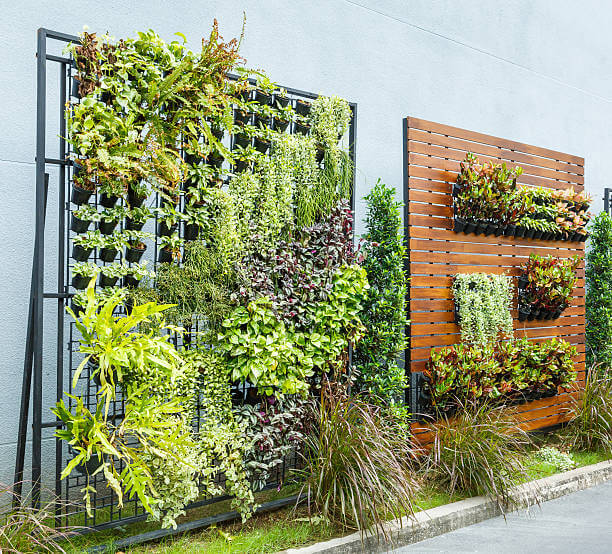
Fake plants also do not require watering or fertilizing, making them a convenient and cost-effective alternative to live plants. Faux plants come in a wide range of forms, sizes, and colors, and can be used to create a natural-looking environment without the hassle of caring for real plants.
What are Fake Plants Called
Fake plants, which are also known as artificial plants, faux plants, or synthetic plants, realistic plants, are popular alternatives to real plants. They are created using synthetic materials to mimic the appearance of live plants, and are designed to be both durable and realistic-looking. (Learn: Fake Plants vs Real Plants)

In addition to the commonly used terms of artificial plants and faux plants, other terms used to describe these products include synthetic plants, imitation plants, replica plants, and plastic plants. These terms are often used interchangeably, and all refer to the same type of product.
Types of Artificial Plants
Here are few of the most common types of artificial plants:
Artificial Hedge
Artificial hedges are a popular option for creating privacy screens or decorative barriers in both residential and commercial settings. They are designed to look like real hedges, with lush foliage and realistic textures, and are made of synthetic materials that are intended to resist the elements and retain their appearance over time.

It has numerous applications. They are often used to create privacy screens on balconies, patios, or outdoor living spaces, providing a natural-looking barrier between the space and neighboring areas.
Artificial Grass
Artificial grass, also known as synthetic grass or turf, has grown in popularity as an alternative to natural grass for landscaping and sports fields. One of the main benefits of artificial grass is that it requires little to no maintenance.
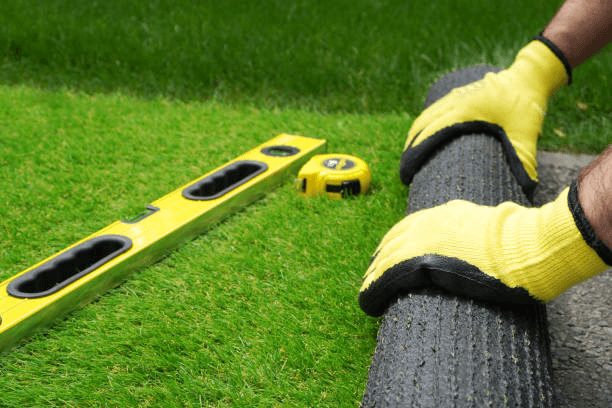
Unlike natural grass, which requires regular watering, mowing, and fertilizing, artificial grass stays green and lush all year round without any ongoing care. This makes it a popular choice for homeowners and businesses looking to create low-maintenance fake plants for outdoor spaces.
Artificial Trees
Artificial trees are a popular choice for adding greenery to indoor or outdoor spaces without the maintenance requirements of real trees. They are typically made from materials like plastic, UV & FR particles or silk and are designed to mimic the appearance of a variety of tree species.
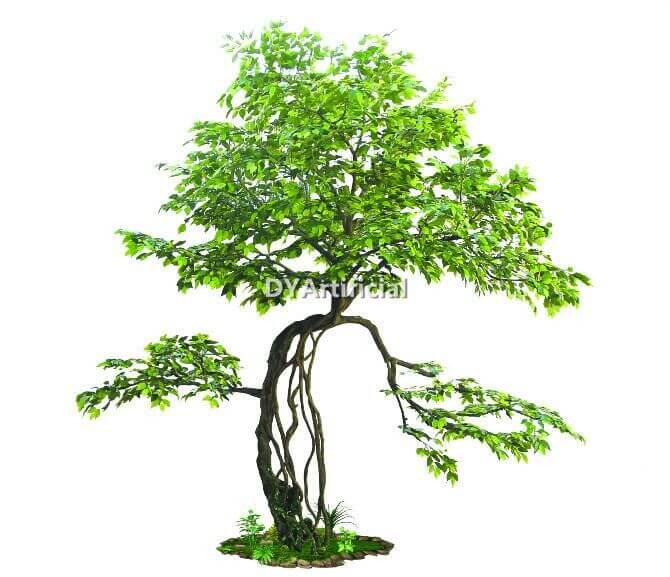
One of the main benefits of artificial trees is that they require little to no maintenance. Unlike real trees, which can require regular watering, pruning, and fertilizing, artificial trees can stay green and lush all year round without any ongoing care. This makes them a popular choice for homeowners, businesses, and other organizations looking to add natural beauty to their spaces without the hassle of ongoing maintenance.
Artificial Flowers
Artificial flowers, also known as fake flowers or faux flowers, are a popular choice for bringing natural beauty into any area without the hassle and expense of real flowers. They are often used in floral arrangements or as decorative accents in homes or events.
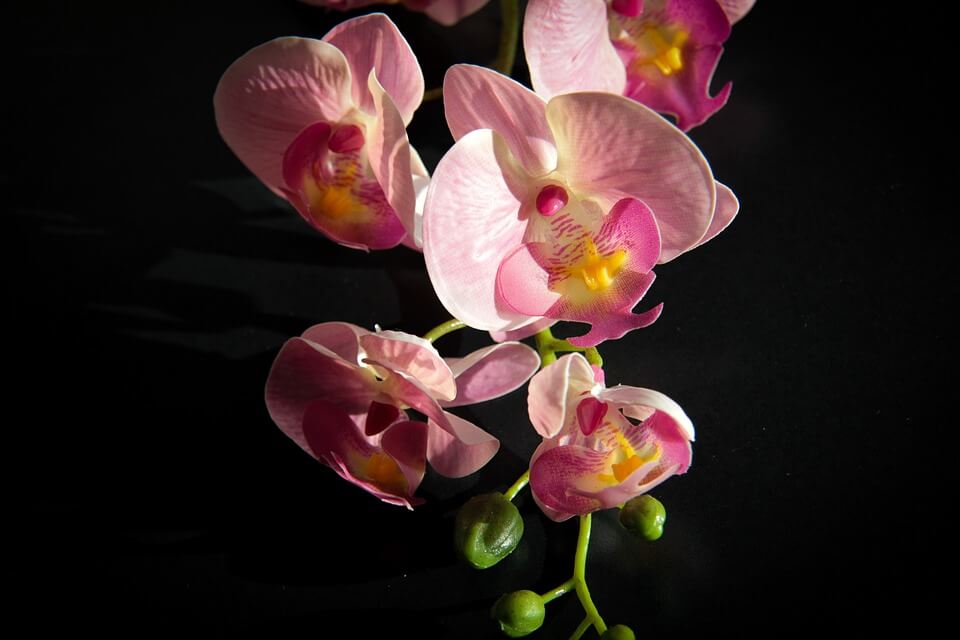
Artificial flowers are available in an array of colors, styles, and sizes, allowing them to be customized to fit any design aesthetic. Silk flowers can be used to create stunning floral arrangements, bouquets, centerpieces, and other decorative accents.
Artificial Green Wall Panels
Grass wall panels are a popular way to create a natural-looking green wall without the hassle of growing and maintaining real grass. Grass wall panels can be used both indoors and outdoors, and are a popular choice for a variety of applications, including home decor, event design, and commercial landscaping.
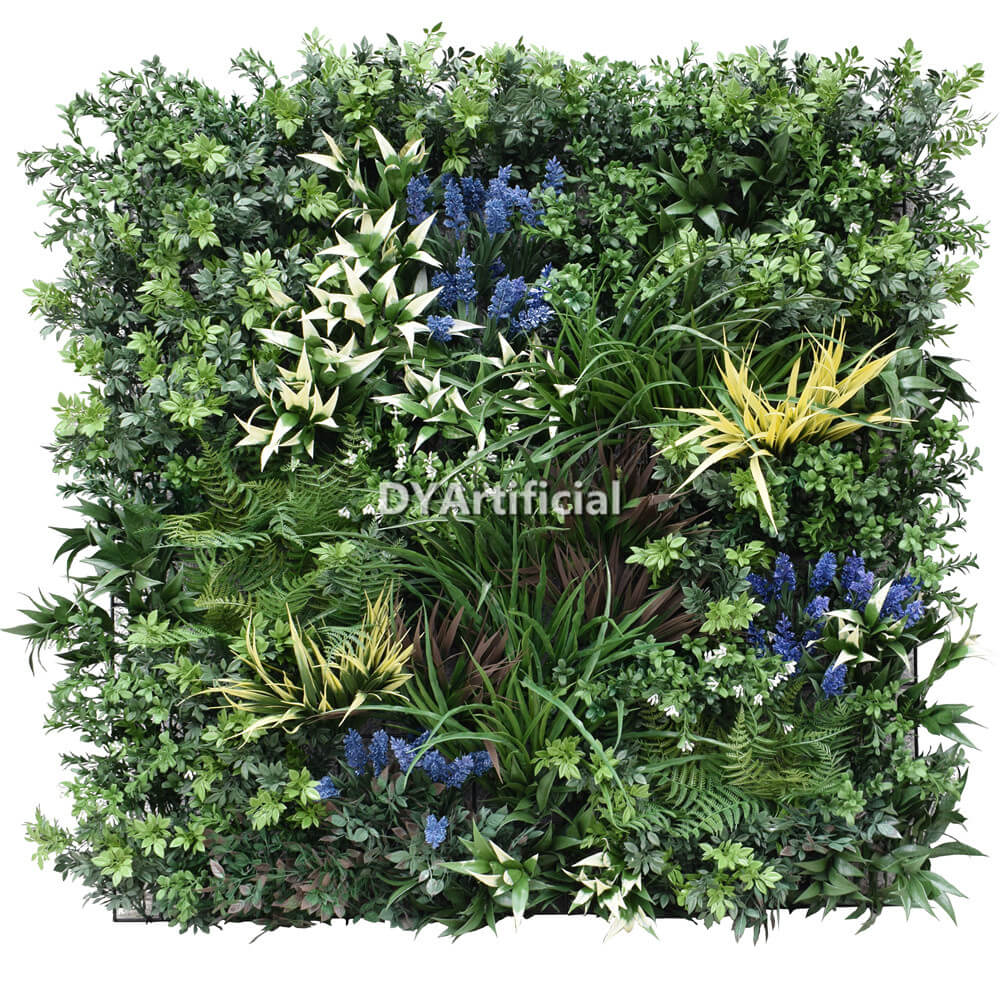
They are often used to create green walls, which can add a touch of natural beauty to any space. Artificial green wall panels can stay looking fresh and vibrant with little to no upkeep. This makes them a popular choice for indoor spaces where natural light and water are limited.
Artificial Topiary Trees
Artificial topiaries come in a wide range of forms and sizes, and can be designed to mimic a variety of plant species, including boxwood, ivy, and juniper.
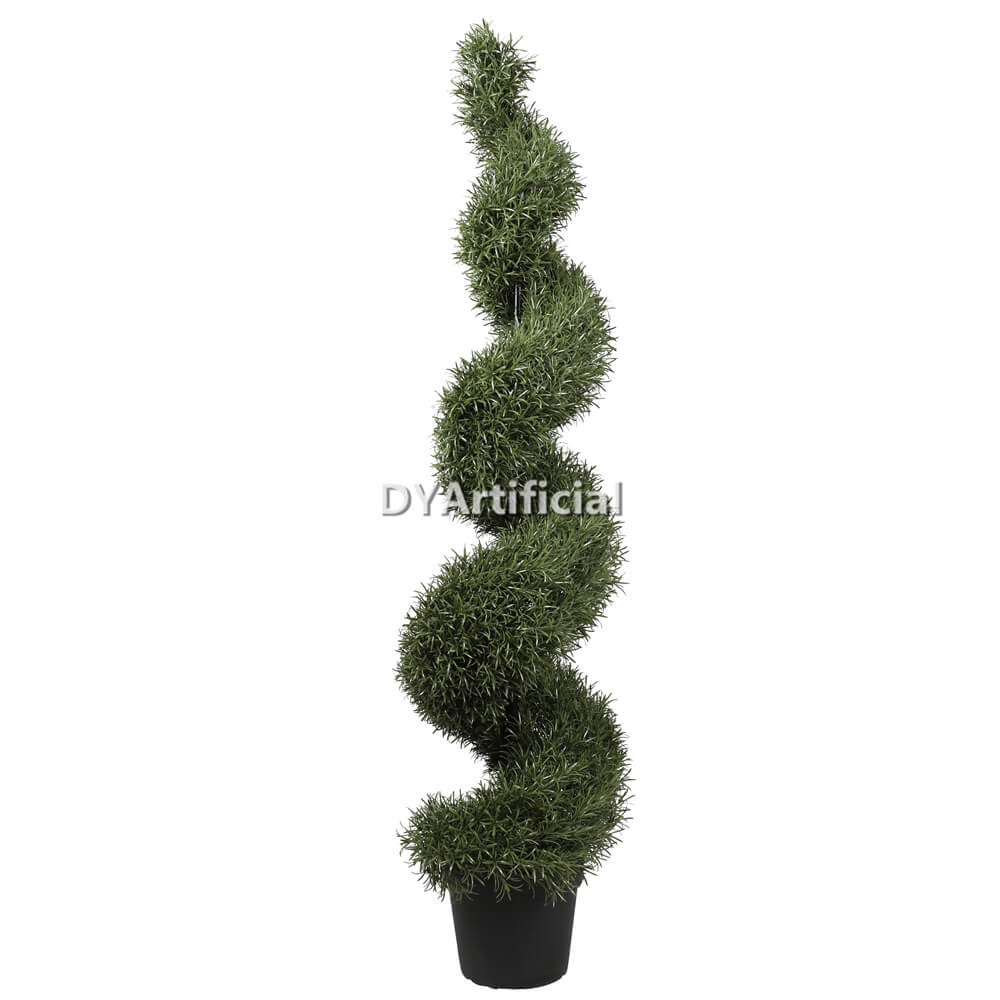
Artificial topiaries can be used in a variety of ways, from creating stunning centerpieces for events to adding a touch of elegance on putting fake plants for outdoor landscapes. They are often used to create geometric designs or to replicate the shapes of animals or other objects, adding a unique and creative touch to any space.
Fake Succulents
Artificial succulents are a type of artificial plant that are designed to mimic the look and feel of real succulents. Succulents are a type of plant that is known for their thick and fleshy leaves and stems, which allow them to store water and survive in dry environments.

Artificial succulents are popular among homeowners and businesses who want to add artificial indoor plants to have a touch of greenery without the need for regular watering and maintenance.
There still have many other artificial plants, any plant in nature can be produced by an artificialplant manufacturer.
Applications of Artificial Plants
From interior design to outdoor landscaping, artificial plants have gained popularity as a versatile and low-maintenance alternative to live plants. With advancements in technology, artificial plants are now designed to look more realistic and lifelike, making them a practical and appealing option. The versatility of artificial plants allows for their use in various settings here are some examples:

Home Decor
Artificial plants are a versatile and popular choice for home decor, offering a low-maintenance and cost-effective approach to add greenery and visual interest to living rooms, bedrooms, bathrooms, entryways, and more.
Whether it’s a large tree in the corner or a small potted plant on a coffee table or shelf, artificial plants can add color, texture, and visual interest to any space, creating a calming and relaxing atmosphere.
Office Decor
The popularity of artificial foliage for office decor stems from its capacity to enliven workspaces with a touch of greenery and visual interest, without requiring the maintenance and care that real plants entail.
Artificial plants come in various sizes, from small potted plants on desks or shelves to large trees in common areas, and they can create a more welcoming and relaxing environment for employees and visitors alike.
Not only do they add aesthetic value, but they can also have a positive impact on air quality and stress levels. As such, artificial plants have become an increasingly popular choice for office decoration.
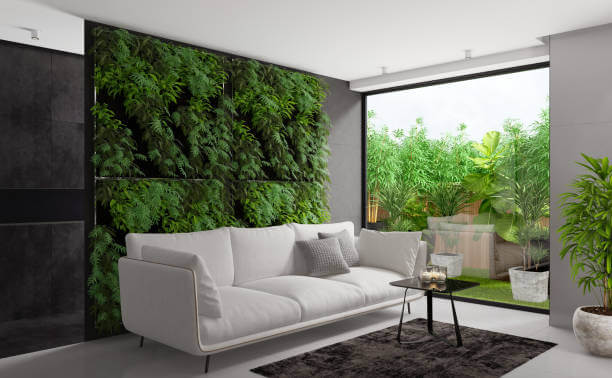
Event Decor
Artificial plants are a popular choice for event decor as they offer a range of design possibilities without the cost and logistical challenges of real plants. From creating a lush green backdrop to designing unique centerpieces, artificial plants can add a touch of nature and color to any event.
They are adaptable and can be easily incorporated into any theme or design style, from modern to rustic. Additionally, they can be customized to match the color scheme and style of the event, making them a popular choice among event planners and designers.
Landscaping
Artificial plants have become a popular choice in landscaping projects as they offer a low maintenance option for adding greenery to outdoor spaces. They are long-lasting and can endure harsh weather conditions, making them ideal for outdoor use.
Additionally, artificial plants can be customized to fit the specific needs of a landscaping project, whether it be to create a specific design such as an artificial vertical garden or to match the surrounding environment..
Retail Displays
Artificial plants have become a popular addition to retail displays in recent years, as they offer a low-maintenance way to add natural elements to store environments. Retailers can use them to create a more inviting shopping atmosphere, whether that be by adding foliage to window displays or incorporating plant displays throughout the store.
Artificial plants can be used to create themed displays that complement seasonal promotions or product lines, and they can be easily rearranged to keep up with changing trends or merchandise.
Hospitality
Artificial plants are a great choice in the hospitality industry as they can add a touch of greenery and ambiance to hotel lobbies, restaurants, and other public areas. They can create a calming atmosphere and help guests feel more relaxed and comfortable. They can also be used in outdoor spaces, such as hotel courtyards or rooftop bars, to create a lush and inviting atmosphere.
Public Spaces
Public spaces such as parks, outdoor plazas, and streetscapes can greatly benefit from the addition of artificial plants. Artificial plants can be made to withstand outdoor elements, such as wind and rain, and can be used in a variety of settings, such as hanging baskets, planters, and ground cover.
Additionally, they can be used to create themed displays or seasonal decorations in public spaces, adding to the ambiance and creating a more enjoyable experience for visitors.
What Are Fake Plants Made Of
Artificial plants, also known as fake plants, are made from a variety of materials based on their intended use, durability, and appearance. The following are some popular materials used to create fake plants:
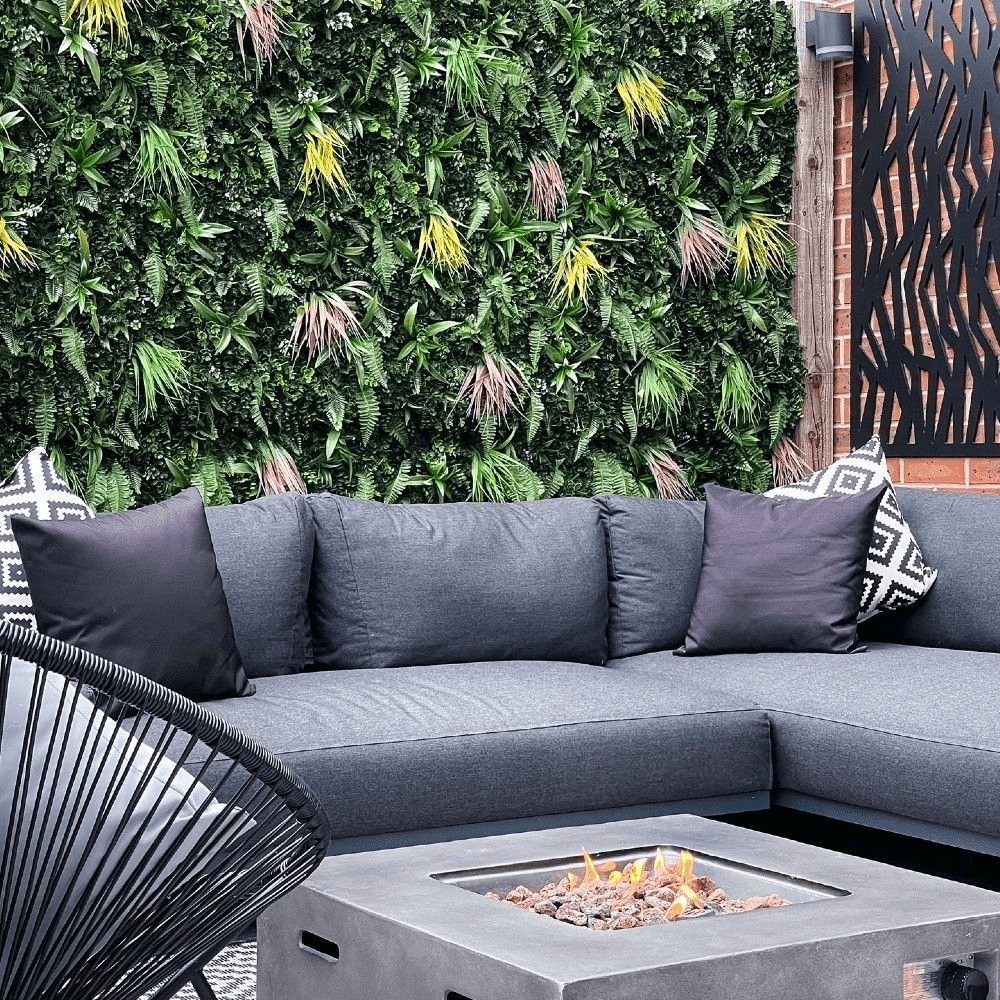
- Polyester: This is a synthetic material that is often used to create realistic-looking foliage and flowers. It is durable, resistant to fading, and can be easily shaped and molded.
- Silk: Silk is another common material used to make fake plants, especially flowers. It is known for its soft, delicate texture and realistic appearance. Silk flowers can be made to look incredibly lifelike and are often used in high-end decor.
- Plastic: Plastic is a popular material for fake plants because it is lightweight, easy to clean, and very durable. It is often used to create simple, modern shapes for plants and is commonly used for hedges and topiaries.
- Foam: Foam is a versatile material that can be molded and shaped into many different forms, making it ideal for creating intricate artificial flowers and foliage.
- Paper: Paper is a material that is often used to create delicate artificial flowers, such as crepe paper flowers. It is lightweight, easy to shape, and can be painted or dyed to create a wide variety of colors and patterns.
- Latex: Latex is a material that is often used to create artificial succulents and cacti. It can be molded to create realistic textures and shapes and is very durable.
- Metal: Metal is a material that is often used to create artificial trees and large plants. It can be used to create a realistic-looking trunk and branches and can be finished with painted leaves or foliage.
Why Should Use Realistic-Looking Fake Plants
Realistic-looking fake plants have a number of advantages over live plants. First, they require no maintenance, which means you don’t need to water, fertilize, or prune them. This makes them a great option for people who lack the time or expertise to care for live plants.
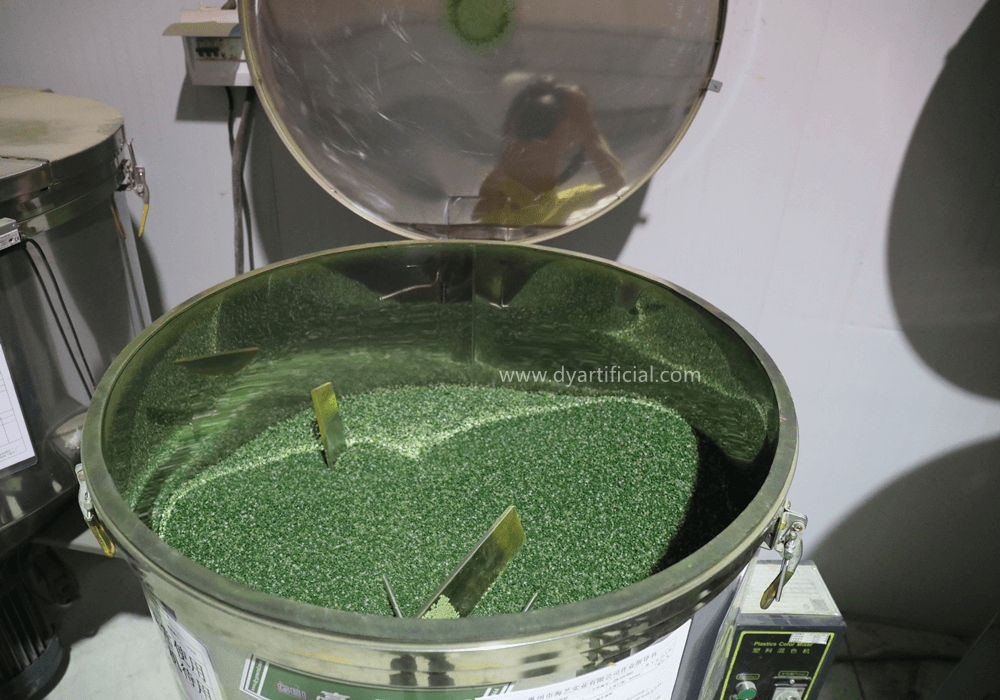
Additionally, fake plants can add a pop of color to your home without the need for watering, which can be particularly useful for those who live in areas with droughts or limited access to water.
Another advantage of fake plants is that they are perfect for those with allergies or limited space. Live plants can sometimes trigger allergies or take up too much space, but fake plants can provide the same visual appeal without any negative side effects. They are also a great option for apartments, dorms, and offices where natural light may be limited or where live plants may not be practical.
Fake plants are also an affordable alternative to purchasing real plants. Live plants can be expensive, and you may need to replace them if they die or become damaged. In contrast, fake plants are a one-time investment that can last for years. They also offer versatile design options and can be easily arranged in any space or arrangement.
In addition to their aesthetic pros, fake plants also bring nature indoors without worrying about pests or critters that may be attracted to live plants. Finally, fake plants instantly add greenery to any room in your home, creating a calming and relaxing environment.
Benefits of Artificial Plants
There are several benefits of artificial plants, including:
- Low maintenance: Unlike live plants, artificial plants require no watering, pruning, or fertilizing, which can save time and money on maintenance.
- Durability: Artificial plants are often made from durable materials that can withstand exposure to sunlight, moisture, and temperature changes. They are ideal for outdoor spaces or high-traffic areas where live plants may not thrive.
- Allergies: For those who suffer from allergies or have pets that may be allergic to certain plants, fake plants can provide a solution. They do not generate pollen or other allergens that can irritate people with allergies.
- Cost-effective: Artificial plants can be a cost-effective option for those who want the look of plants without the ongoing expense of purchasing new plants or maintaining them.
- Versatility: Artificial plants can be used in a variety of settings and can be easily moved or rearranged to suit changing needs. They are also available in a wide variety of sizes, shapes, and colors, making it easy to find the perfect plant for any space.
- No pests: Unlike live plants, artificial plants are not attractive to pests such as insects, which can help keep a space clean and free of pests.
- No seasonal changes: Artificial plants do not go through seasonal changes, which means they always look vibrant and green.
- Low water usage: Since artificial plants do not require watering, they can help save water, making them an eco-friendly option.
How Today’s Technology Changed the Way to Make Artificial Plants
Today’s technology has greatly improved the way artificial plants are made.Here are some examples of how technology has altered the process:

- Advanced Materials: Advances in technology have led to the development of new materials that can be used to create more realistic-looking artificial plants. Materials such as high-quality plastics, polymers, and fabrics can be used to create plants that look and feel like real plants.
- 3D Printing: 3D printing technology has made it possible to create intricate and detailed plant structures that were not possible with traditional manufacturing methods. This enables greater customization and precision in artificial plant designs.
- Computer-Aided Design (CAD): CAD software has made it easier for designers to create detailed digital models of artificial plants before they are manufactured. This allows for greater precision and accuracy in the design process.
- UV Resistant Coatings: With the development of new UV-resistant coatings, artificial plants can now withstand exposure to sunlight and remain vibrant and lifelike for longer periods of time.
- UV particles: While the UV-resistant coating allows the plant to withstand the sun’s rays, it wears off when exposed to wind and rain, and the fake plant loses its UV protection. But anti-UV particles are different. Anti-uv particles are mixed with raw materials to make simulation plants. The whole artificial plant has anti-UV function, and will not fade because of wind and rain, and can last 3 years in harsh environment.
- Realistic Textures: Advances in textile manufacturing have led to the creation of fabrics that mimic the look and feel of real leaves, petals, and stems. This allows for more lifelike and natural-looking artificial plants.
- Fire Retardant: Advancements in technology have allowed artificial plant manufacturers to create products that are more fire-retardant than ever before. Fire retardant artificial plants are treated with special chemicals that make them less likely to ignite or spread flames, reducing the risk of fire.
What to Look For When Buying a Fake Plant
When buying fake plants, there are several factors to consider to ensure that consumers are getting a high-quality product that looks and feels like a real plant. Here are some things to look for:
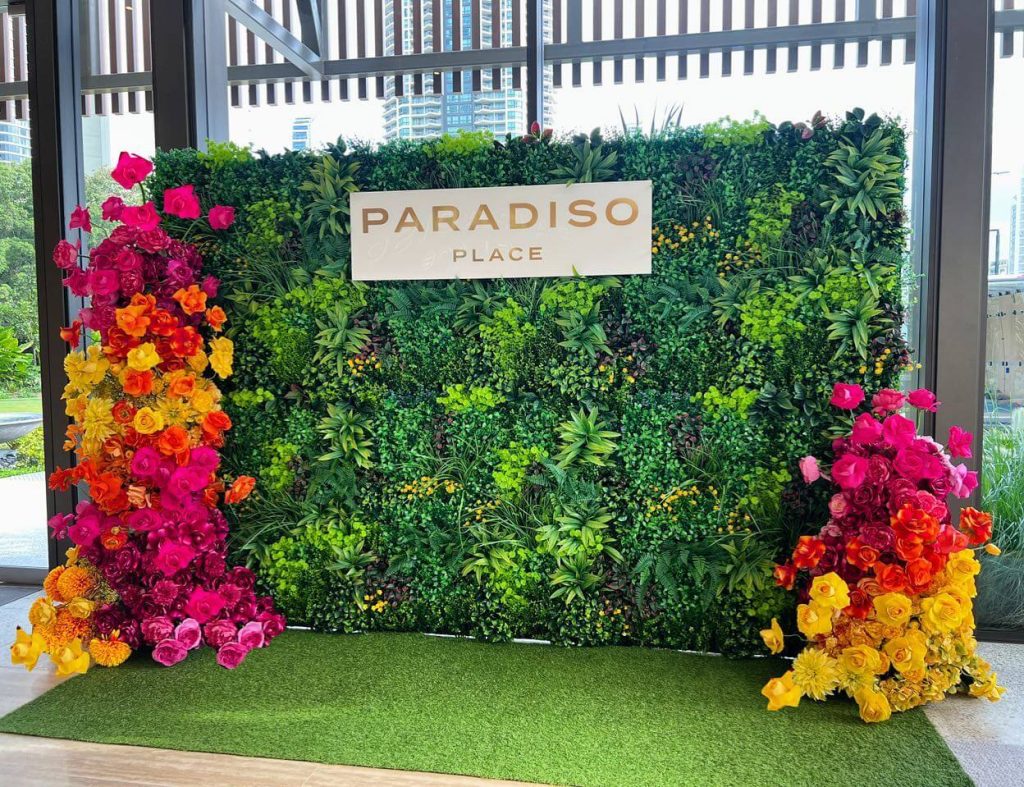
- Realistic Appearance: Look for plants that have a realistic appearance, with natural-looking leaves, stems, and petals. The color should be vibrant and lifelike, without any obvious artificial coloring or glossiness.
- Quality Materials: Finding an artificial plant supplier that uses the quality of materials in the construction of the fake plant is important for its durability and realistic appearance. Look for plants made from high-quality plastics, polymers, or fabrics that can withstand exposure to sunlight and moisture.
- Attention to Detail: A high-quality fake plant will have attention to detail, with intricate and realistic textures on the leaves and petals, and fine details in the stem and foliage.
- Size and Shape: Consider the size and shape of the plant, and whether it will fit well in the space you intend to use it in. Make sure the plant looks proportionate and balanced, with leaves and stems that are the appropriate size and shape for the type of plant.
- Price: While price is not always an indicator of quality, it is important to consider when buying fake plants. Look for plants that are priced reasonably for their size and quality, and avoid purchasing plants that are significantly cheaper than other options, as they may be lower quality and not look as realistic.
Why Trust DYartificial to Source Fake Plants?
DYArtificial has been operating in the artificial plant industry for over two decades and has become a leading manufacturer in China. DYArtificial is a reliable source for wholesale artificial plants because of our state-of-the-art production and warehouse center spans over 5,000,000 square feet, allowing us to focus on producing high-quality artificial trees and plants.
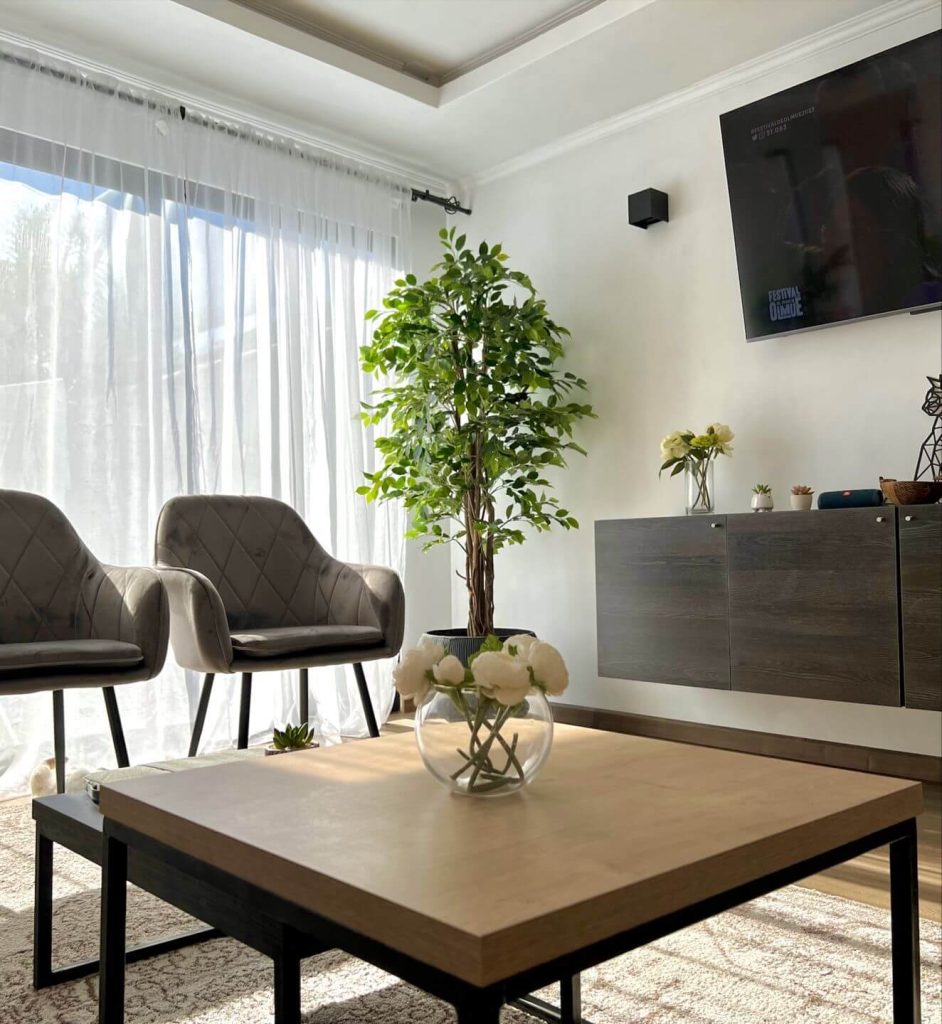
DYArtificial also provides customization options, allowing customers to choose the size, shape, and color of their faux plant to perfectly fit their space, with a professional business team, DYArtificial promises to answer any inquiries in a timely manner.
We use top-quality materials with inherent outdoor UV protection and flame-retardant properties, which make our realistic plants suitable for commercial use. Moreover, our fast delivery time of 30 to 45 days ensures customers receive inventory faster than competitors.
Lastly, we offer the BEST PRICE WARRANTY to ensure our customers always get the most competitive prices. With our commitment to quality, efficiency, and customer satisfaction, DYArtificial is a reliable source for artificial plants.
Conclusion
Artificial plants are an excellent alternative to live plants and can be used to add greenery and beauty to any space. They require no maintenance, come in a wide range of styles and sizes, and are made from materials such as polyester, silk, plastic, foam, paper, and latex. Technology has improved the way artificial plants are made and allows for greater customization and realism in their design.
When buying artificial plants, it is important to consider factors such as realistic appearance, quality materials, attention to detail, size and shape, and price. DYArtificial is a trusted artificial plant supplier with a great selection, customization options, and reliable customer service. Choosing the ideal artificial plant for your business should be a breeze if you keep these tips in mind. Visit our website today for any artificial plant needs.
